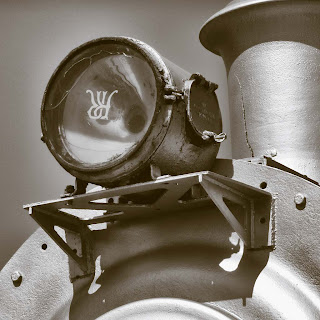Amazing movies, operas and photobooks produced in Zambia by Langmead & Baker based on African stories: information and discussions about movies The Borderline (2019) and Damyna the Musical (2018), operas Damyna Damyna the Opera and The Legend of Konga Mato, and photobooks Postcards from Zambia, The Zambians, zedscape and ZedPipo, and any other aspect of art productions in Zambia.
Monday, 30 September 2013
Bottlestore, near Keembe, Zambia
Agnese Eglina piano recital at Alliance Francaise de Lusaka, tonight 1930hrs
Ngoma Dolce Music Academy's Youth Orchestra plays at Alliance Francaise de Lusaka
Friday, 20 September 2013
The brochure to the Ngoma Dolce Promenade Concerts, Lusaka
Brenda Muntemba's 'In Retrospect' book launch, Lusaka
Tuesday, 17 September 2013
Charcoal: livelihoods or deforestation?
Oboeist and drum set musician wanted in Zambia.
Monday, 16 September 2013
Opera.Z singers and dancers measured for costumes
A Mumbwa sidewalk, Zambia
Sunday, 15 September 2013
Charcoal outlets on public roads, Zambia
Sundown in South Luangwa National Park
Lusaka Highland Games
Friday, 13 September 2013
Cooking, Mkushi, Zambia
Thursday, 12 September 2013
Opera.Z developments
Following the discovery of the orchestra pit at the Lusaka Playhouse, Cathrine is now hunting for instrumentalists for the small orchestra that will be playing for Damyna, Damyna the opera, at the Lusaka Playhouse in early December.
I am please to announce that Charity Nyirongo will be making the costumes for the opera, both singers and dancers, and will be measuring up on Sunday for the dancers and Monday morning for the singers. Further, she will also be providing clothes for PR interviews before the show.
Although not finalised, it is anticipated that the foyer, auditorium, lighting, stage lighting and back-stage of the Playhouse will be refurbished in time for the Premiere performance in December.
A problem shared, Mpika road, Zambia
Wednesday, 11 September 2013
My latest book is now available on amazon.co.uk
Tuesday, 10 September 2013
Secondary transport - Landless Corner to Mumbwa road, unfinished.
Monday, 9 September 2013
Government projects
Sunday, 8 September 2013
Clearing a bit of forest for his farm, near Lusaka, Zambia
Saturday, 7 September 2013
Roadside trade, Chisamba, Zambia
Friday, 6 September 2013
Ministry of Agriculture and LIvestock building, Choma, Zambia
Thursday, 5 September 2013
Wednesday, 4 September 2013
On Track, at the Railway Museum in Livingstone, Zambia
Tuesday, 3 September 2013
And this really does turnout to be quite a feast. Chatala School, Mkushi
Monday, 2 September 2013
Zambezi Sawmills Mulobezi Office, built c. 1920.

USA killing the World
Americans should know that the rest of the world knows Nigeria and Venezuela, and Trump and his nazi henchmen are going to be charged for mu...
-
People who know about battery power on a boat will tell you the pinnacle of performace is floating the battery charge as often as possible. ...
-
The final concert of the Promenades Musicales was to a packed Alliance Francaise de Lusaka last night. The concert featured a 36-piece orche...
-
Although oppressive times may be becoming scarcer, albeit remaining in living memory, it is time for a change in outlook; there have be...






+small.jpg)



























